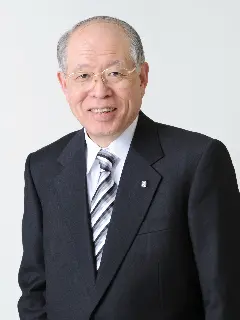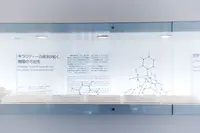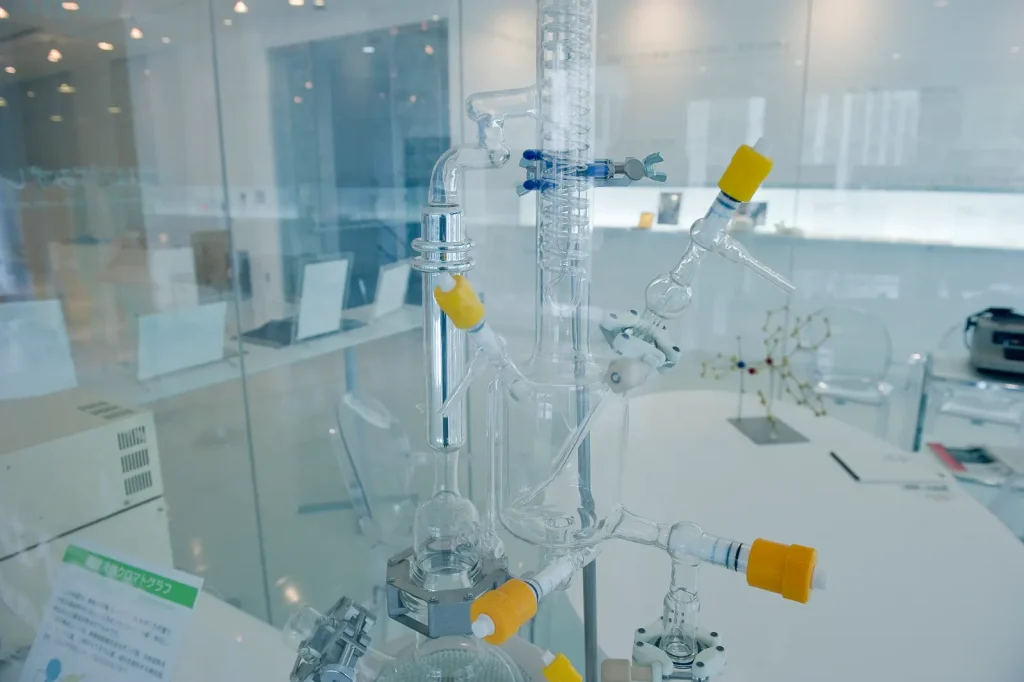| 1961 | Graduated from the Department of Industrial Chemistry, School of Engineering, Kyoto University |
| 1963 | Master’s Industrial Chemistry, Graduate School of Engineering, Nagoya University |
| 1963 | Research Associate, School of Engineering, Kyoto University |
| 1967 | Doctor of Engineering (Kyoto University) |
| 1968 | Assistant Professor, School of Science, Nagoya University |
| 1972 | Professor, School of Science, Nagoya University |
| 1979-1991 | Head of the Chemical Instrument Center, Nagoya University (concurrent) |
| 1992-1996 | Professor, Basic Organic Chemistry Research Center, Kyushu University (concurrent) |
| 1996-2001 | Member of the Science Council, Ministry of Education, Culture, Sports, Science, and Technology |
| 1996 | Professor, Graduate School of Science, Nagoya University |
| 1997-1999 | Director of the Science Department and Dean of the Graduate School of Science, Nagoya University (concurrent) |
| 1997-1999 | Chairman, Society of Synthetic Organic Chemistry, Japan (SSOCJ) |
| 2000-2003 | Head of the Nagoya University Research Center for Material Science (concurrent) |
| 2001-2003 | Member of the Council of Science and Technology, Ministry of Education, Culture, Sports, Science, and Technology |
| 2001 | Technical Advisor, Japan Society for the Promotion of Science (JSPS) |
| 2002-2003 | Chairman, Chemical Society of Japan |
| 2002-2003 | Head of the Institute for Advanced Research, Nagoya University (concurrent) |
| 2003 | (Specially Appointed) Professor, Nagoya University President, Institute of Physical and Chemical Research (RIKEN) |
| 2003 | University Professor at Nagoya University |
Separately Creating the Left and Right of a Molecule
All things can be classified into two shapes. The shape that is reflected in a mirror (mirror image) is different from the actual view of the shape (actual image). For example, for things like glasses, teacups, and chairs, if you take the mirror image and flip it, it will overlap with the actual image. However, for things like gloves, wine openers, and pinwheel blades, the mirror image does not match the actual image. Two things that have a mirror-image relationship with each other are no different when they exist as single objects. However, if they interact, this changes. For example, a handshake works when it is done with two right hands, but if a handshake is done with a right hand and a left hand, the hands would not fit together well. These right and left differences are not limited to things that we can see in the world. These differences are very important, even in the world of molecules that exist in units of nanometers (one billionth of a meter). In particular, molecules like medicinal drugs and agricultural chemicals that pertain to life phenomena and biological phenomena can lead to social problems.

The drug thalidomide caused many problems in the late 1950s and early 1960s. Thalidomide is a molecule that has a different left and right. The right molecule is a very excellent sedative, but the mirror-image left molecule is teratogenic. The thalidomide that was sold in the market was a 50:50 mixture of the left and right, and this caused catastrophic damage because pregnant women who took the drug had children with birth defects. Even just from this one example, we can clearly see that a method for separately creating the left and right parts of a molecule, or an asymmetric synthesis reaction, is absolutely necessary. However, as Louis Pasteur said 150 years ago, it is common sense that biology has to help in separate creation. In actuality, until about 20 years ago, the world relied on biotechnology that used enzymatic reactions and microorganisms to provide a pure mirror-image molecule. It was the dream of chemists to create an artificial asymmetric synthesis method that could separately create the right and left sides of diverse molecules and go beyond the limit of enzymes. This was one of the most important scientific issues in the 20th century. Dr. Ryoji Noyori made that dream a reality. In 1966, Dr. Noyori discovered the principle of asymmetric synthesis reactions using molecular catalysts for the first time in the world. In 1968, with the effort of former Professor Emeritus Yoshimasa Hirata of Nagoya University and others, he was selected as an Assistant Lecturing Professor for the School of Science at Nagoya University, at the young age of 29. Professor Hirata was a famous chemist who turned out world-class researchers one after another, and let the world know that “There is Organic Chemistry at Nagoya University.” In this tradition, Mr. Noyori’s discoveries also produced results, and 20 and 30 years later we can still see that those were major discoveries.
Mr. Noyori’s method works very well, and has brought about the synthesis of biologically active substances. Japanese government agencies want Japan to contribute to international society as a world leader in science and technology and as a country with an intellectual presence, and to be a pace-setter. They quickly recognized that Mr. Noyori’s molecular catalyst was a key to this, and have supported special research. The Science Council of the Ministry of Education, Culture, Sports, Science, and Technology has provided real support and aid in the development of Nobel Prize-winning scientists. In 1995, the Science Council selected the Asymmetric Molecular Research Unit at Nagoya University as one of its prominent research locations (Center of Excellence, COE), and the Research Center for Material Science was created as part of those efforts. Currently Professor Ryoji Noyori is the head of the research center, which is organized into 4 research departments: organic substance synthesis, inorganic substance synthesis, substance function, and biological function. His research continues, as the researchers at the center blend the knowledge and technology they have accumulated in various fields to create substances with new functions. We expect good things from him in the future.


